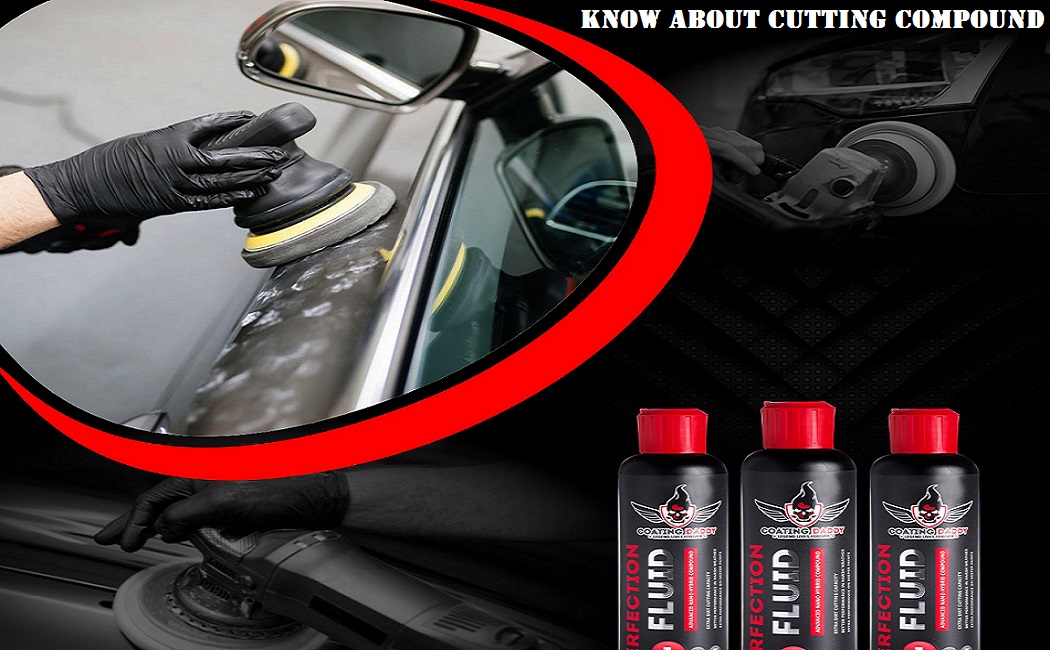 For any DIY detailer, choosing the right car polishing products is as important as learning the skills and techniques required for pro-quality body care. That’s no surprise. Professional detailers choose their tools carefully, matching the right product to the right job to achieve the optimum effect.
For any DIY detailer, choosing the right car polishing products is as important as learning the skills and techniques required for pro-quality body care. That’s no surprise. Professional detailers choose their tools carefully, matching the right product to the right job to achieve the optimum effect.
That’s one thing if it’s your job to know what products work best for each situation. For a hobbyist, it’s not so easy to keep up. There are a lot of car polishing and finishing products to choose from. It can all feel a little bewildering.
Take cutting compound, for example. Compound is a staple of the polishing process. But it comes in various different grades, with different names like correction compound, rubbing compound, polishing compound and more.
With so many options, which do you really need and which are simply nice to have? And how do you use the different types? Here’s a quick guide to the essential things you need to know about cutting compound before you buy.

What is Cutting Compound and What is it Used for?
A cutting compound is a paste or a gel containing abrasive grit. Its purpose is to literally ‘cut’ into the paintwork of your car in order to buff out scratches, marks and blemishes.
We don’t always think of it that way, but polishing is a process that relies on abrasion. Surface marks and defects get ‘polished out’ either by removing a very thin layer. Or, in the case of car bodywork, by softening the paint and smoothing over any scratches or blemishes.
Compound is therefore essential to the polishing process. Whenever you see a pro detailer using a polishing machine or working on bodywork by hand, they will be using cutting compound. It’s the compound that provides the abrasion necessary for polishing.
What are the Different Types of Cutting Compounds?
Compounds come in different grades which tell you how abrasive they are. You’ll find polishing compounds graded as coarse or heavy cut, medium cut, fine cut and ultra fine cut. This basically tells you how large the particles of grit suspended in the paste or gel are, and therefore how deep they will cut into your paintwork.
Your car’s bodywork has three layers of paint on top of the bare metal – primer, main colour, and a clear protective layer on top. The grade of cut indicates how deep into these layers the compound will go. The finest grades will only alter the topmost surface of the clear protective layer. The coarsest compounds will cut into the colour layer.
As well as different grades, you’ll find cutting compound that is formulated especially for use with polishing machines and compound for hand polishing. You’ll also see products advertised as ‘cut and finish’ compound, which combine ultra-fine abrasives with products like waxes and glazes for a two-step light polish and finish.
Related Post: How to Paint a Car With a Small Air Compressor?
How Should I Use Cutting Compound?
The golden rule with cutting compound is to always start with a finer cut and work your way towards heavier cuts if you need to. Polishing involves altering the surface of your bodywork. Once you do it, there’s no going back. If you start with a fine cut, you can always go deeper if you need to. If you cut deep and end up damaging the paintwork, there’s no going back.
As a rule of thumb, DIY detailers should start off with a fine and medium cut compound. The fine cut compound should always be used first. It’s enough to buff out swirls and watermarks from the top most surface of your paintwork, as well as remove oxidised layers to give the colour a lift. If there are still visible marks, move onto a medium cut to try to polish them out.
For deeper scratches, you’d be advised to be cautious about moving onto coarse cut compounds too quickly. If you’re not 100% with your polishing skills, it’s easy to do more harm than good to your bodywork. If you have significant scratches you want to get rid of, you’d be advised to go to a professional until you are absolutely on point with your technique.
How to Use Cutting Polishing Compound
Leave a Reply